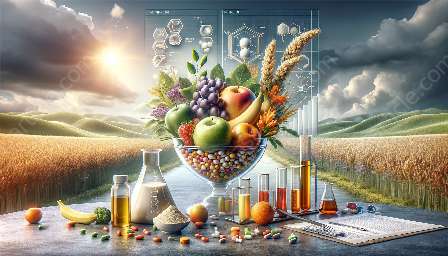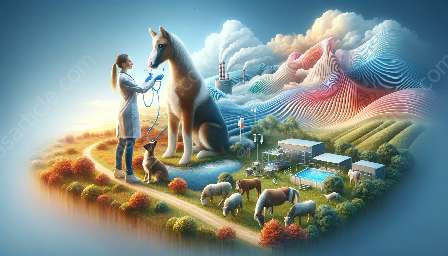Medical sciences encompass a vast array of disciplines that focus on the study of the human body, diseases, and medical treatment. From anatomy and physiology to pharmacology and medical technology, the field of medical sciences is continuously evolving to improve the health and well-being of individuals around the world. In this article, we'll delve into the intricate world of medical sciences and explore its compatibility with applied sciences.
Anatomy and Physiology
Anatomy and physiology are fundamental disciplines in medical sciences, providing an understanding of the structure and function of the human body. Anatomy focuses on the study of the body's structures, including organs, tissues, and cells, while physiology explores how these structures function and interact to maintain health.
Pathology and Microbiology
The fields of pathology and microbiology are crucial in diagnosing and understanding diseases. Pathologists analyze tissue and fluid samples to identify the causes and effects of diseases, while microbiologists study microorganisms such as bacteria, viruses, and fungi to comprehend their roles in infections and illnesses.
Pharmacology
Pharmacology is the study of drugs and their effects on the human body. It encompasses the discovery, development, and testing of medications to treat various conditions and diseases. Understanding pharmacology is essential for healthcare professionals to prescribe medications safely and effectively.
Medical Technology
Advancements in medical technology have revolutionized healthcare delivery and patient care. From diagnostic imaging tools such as MRI and CT scans to robotic surgery and telemedicine, medical technology plays a pivotal role in improving healthcare outcomes and enhancing the patient experience.
Applied Sciences and Medical Research
Applied sciences, including engineering, computer science, and biotechnology, have significantly contributed to medical research and innovation. Engineers develop medical devices and equipment, computer scientists analyze large datasets for medical insights, and biotechnologists create innovative therapies and treatments.
Interdisciplinary Collaboration
The compatibility between medical sciences and applied sciences is exemplified by interdisciplinary collaboration. Teams of scientists, engineers, healthcare professionals, and technologists work together to develop groundbreaking treatments, medical devices, and healthcare solutions that improve patient outcomes and quality of life.
Conclusion
The world of medical sciences is rich with opportunities for exploration, discovery, and innovation. Its compatibility with applied sciences further amplifies its potential to address healthcare challenges and improve global well-being. By embracing the synergies between these fields, we can continue to push the boundaries of medical knowledge and technology, ultimately leading to better healthcare for all.







































